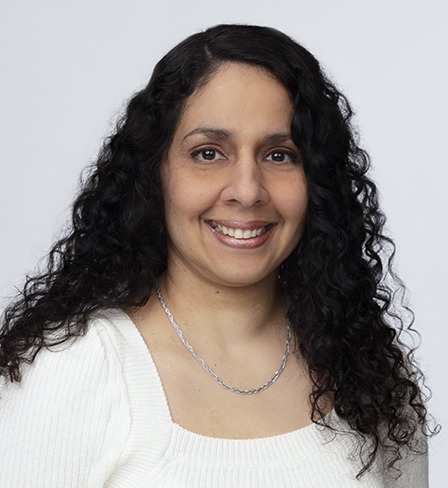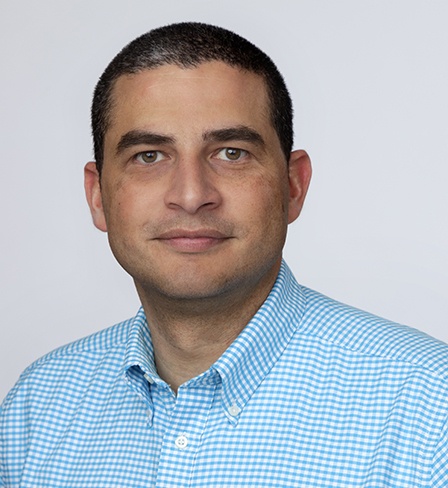Aqueous and Terrestrial Geochemistry Laboratory
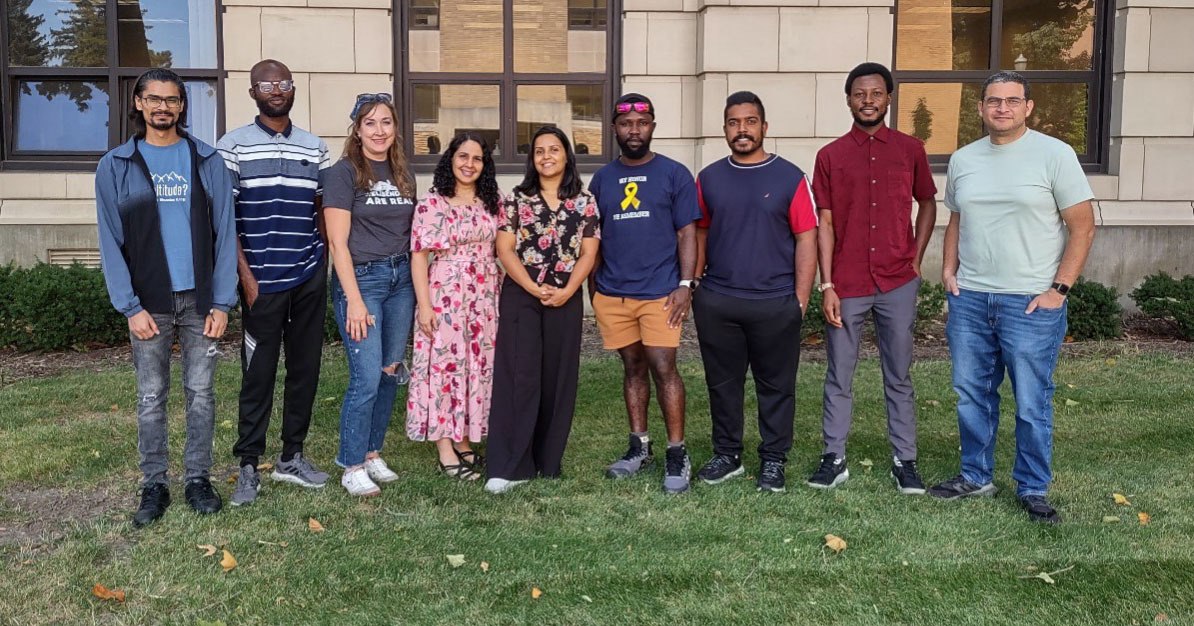
Current research focuses on:
- Determining the nutrient and carbon distribution in agricultural soils subjected to different best management practices.
- Determine the parameters that enhance nitrate and phosphate removal from agriculture tile drainage employing edge-of-field practices (e.g., woodchip bioreactors and steel slag filters Fe-oxide filters).
- Identify the effects of dredged material on soil health, crop yield, inorganic and organic contaminants bioaccumulation in grains and nutrient export into waterways.
Faculty
Staff
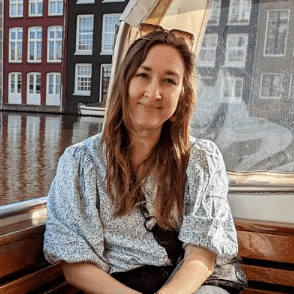
Graduate Students

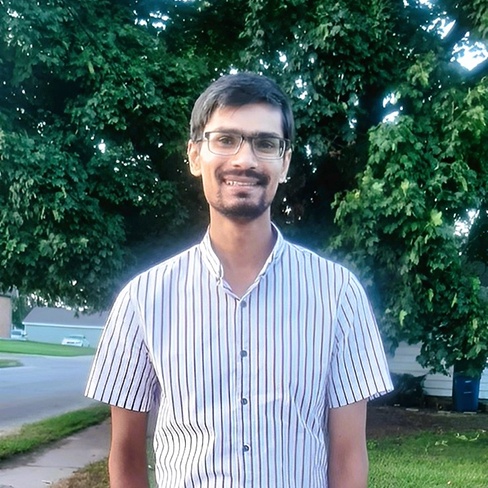

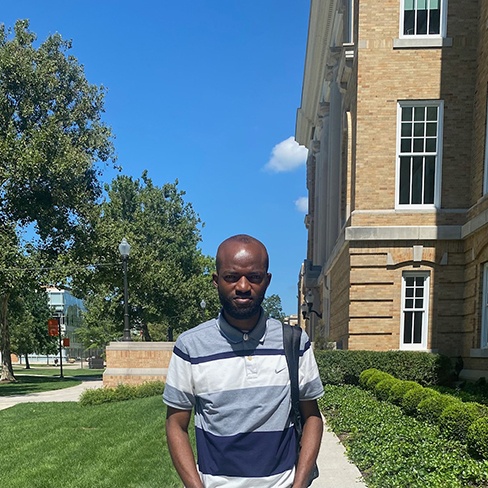
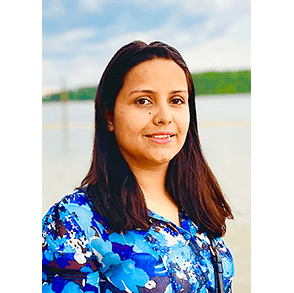

Alumni
Samira Samira Rifat Prova, MS Geology
Umme Fatema, MS Geology
Matthew Franks, MS Geology
Russell Brigham, MS Geology
Melissa Wyderka, MS Geology
Bidisha Faruque Abesh, MS Geology
Madisyn Noel Rex, BS Geology
Daniel Burggraf, BS Environmental Science
Margaret Rettig, BS Biology
Adam Joseph Swint, BS Environmental Science
Emily Nicole Manner, BS Environmental Science
Hannah Noelle Bebinger, BS Environmental Science/Music
Sara Catherine Honeck, BS Philosophy, Politics, Economics and Law
Samuel Jefferson, BS Psychology
Madison Brown, BS Environmental Science
Lydia Archambo, BS Environmental Science
Olusola Oyewumi, MS Geology
Current Research
The Role of Dissolved Organic Matter on Phosphorous Sorption onto Iron-Enhanced Activated Alumina Media using In-Field and Flow-Through Column Experiments
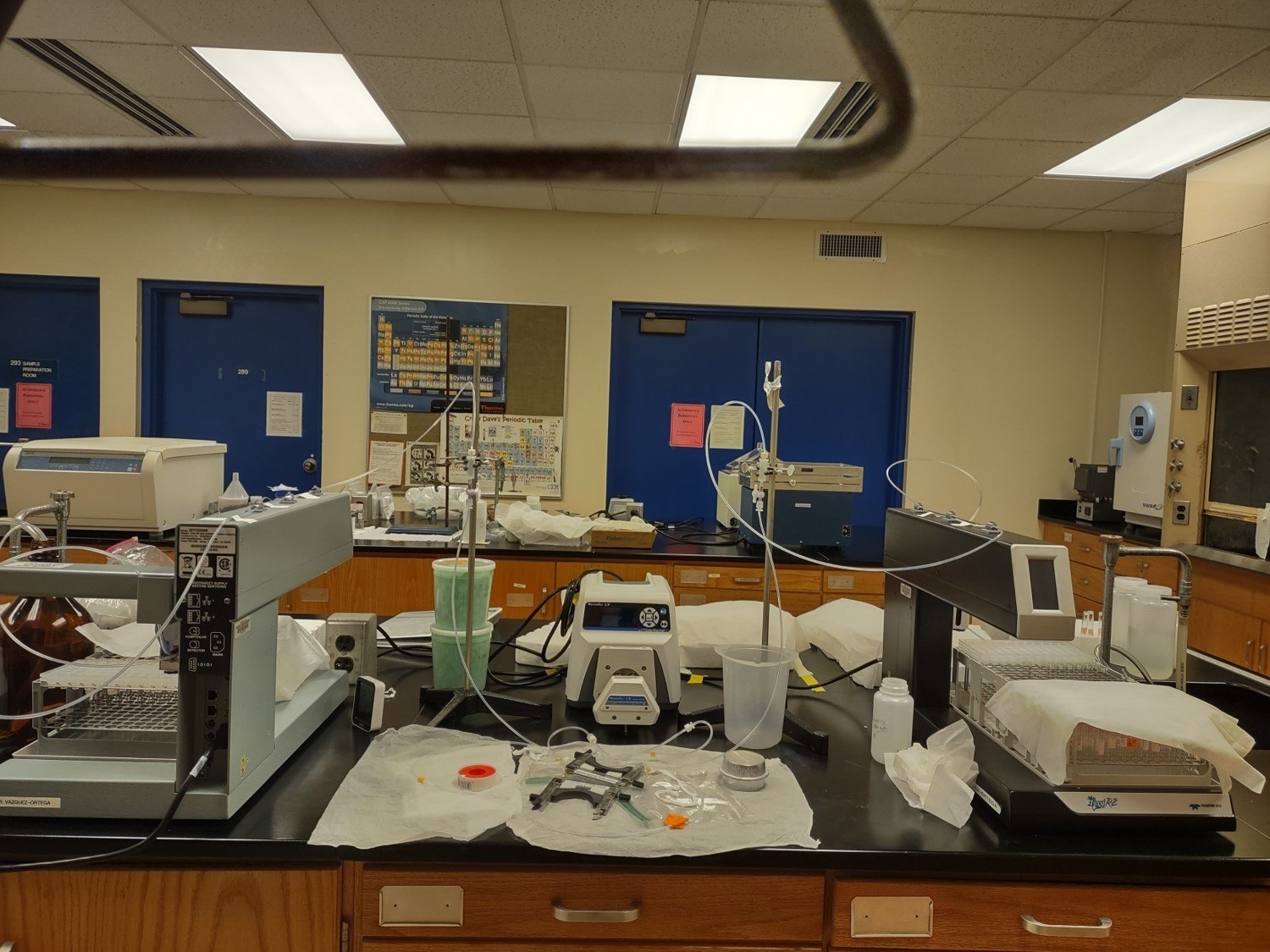
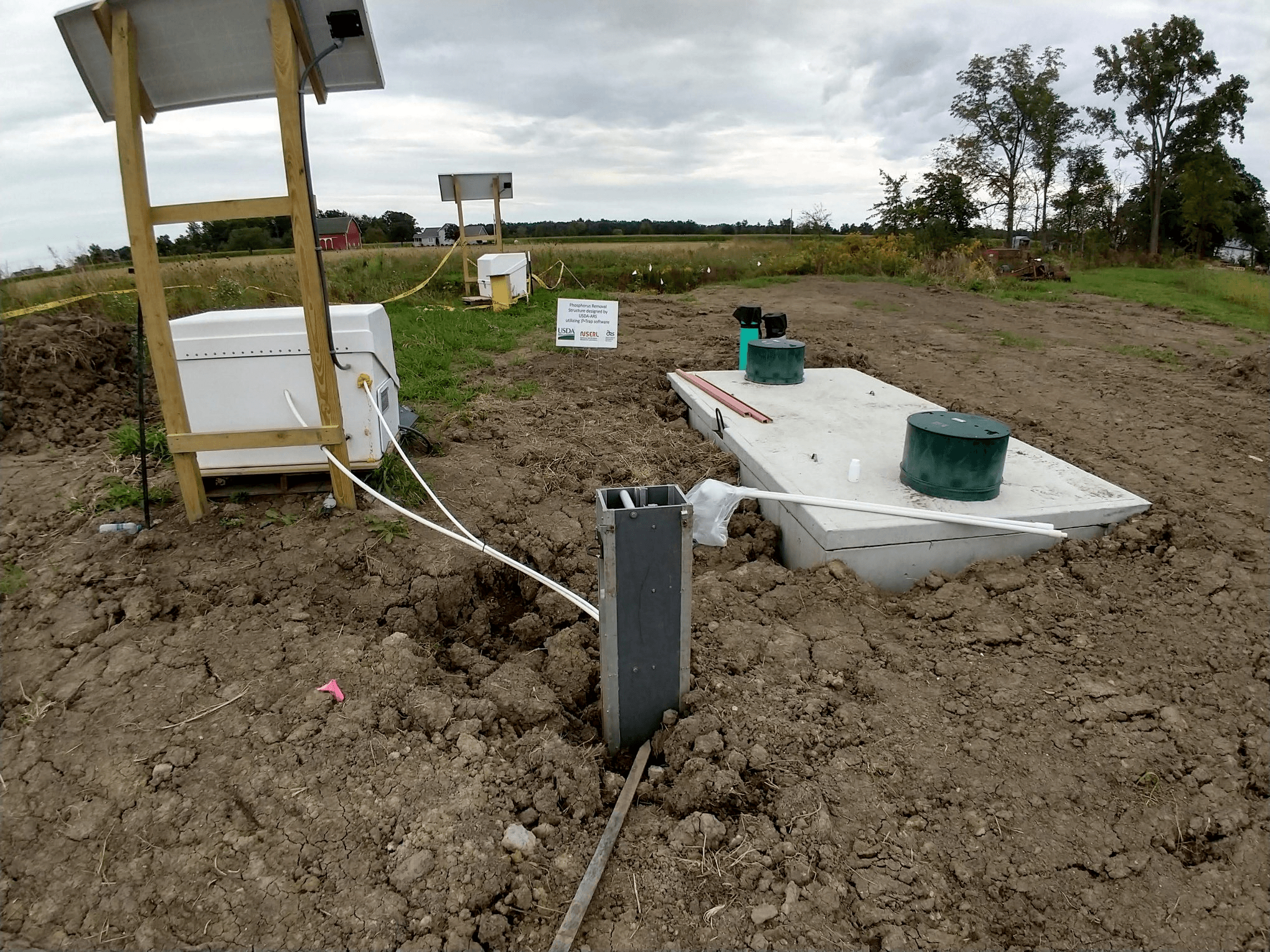
The variables that control the magnitude of total P removal and the cost and feasibility of the P removal structures depends on the total mass of phosphorous sorption materials (PSMs) required to meet the total phosphorous removal and cost per unit mass in the structure that in return depends on the lifetime of the structure. If dissolved organic matter (DOM) reduces or block the phosphate sorption onto the media, the lifetime of the P removal structure can decrease due simultaneous adsorption competition of phosphate and DOM. To our knowledge, the generation of PSM design curves using batch and flow-through column experiments do not take into the consideration the interaction of DOM with the phosphate anions and/or the media. Therefore, this research will provide insights on the effect of DOM on P sorption onto the Fe-oxide media to inform future P filter designs. Collaborative research with Dr. Penn from Lafayette USDA.
Characterization of humic suprastructures in a farm soil and lake sediments by Humeomics and fluorescence spectroscopy
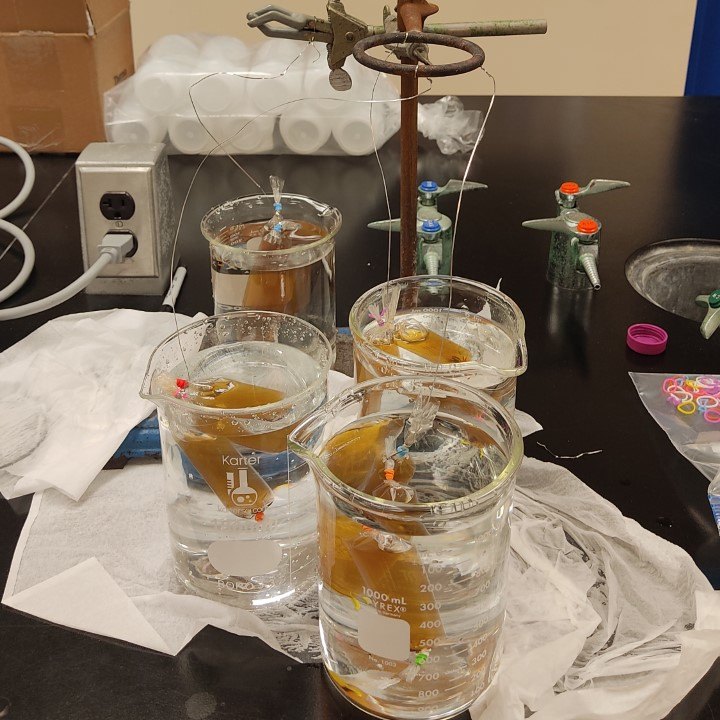
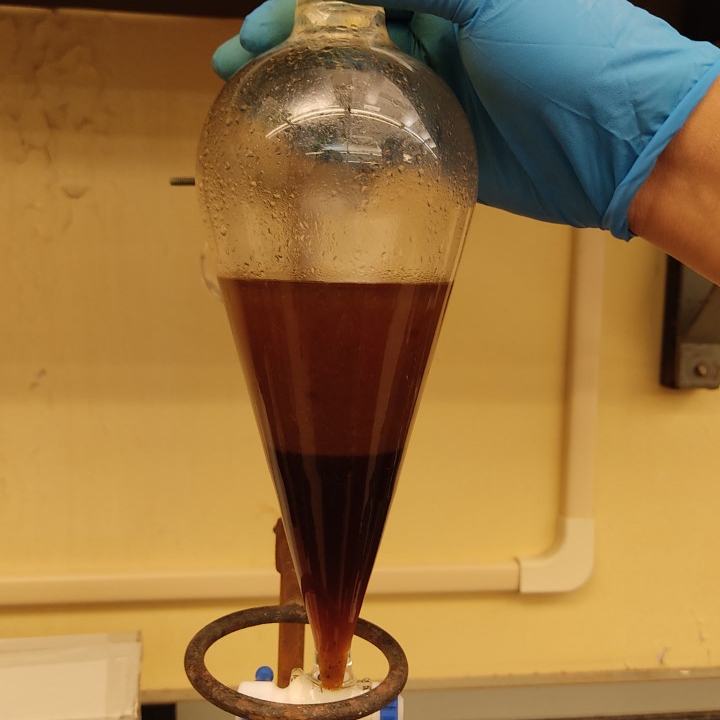
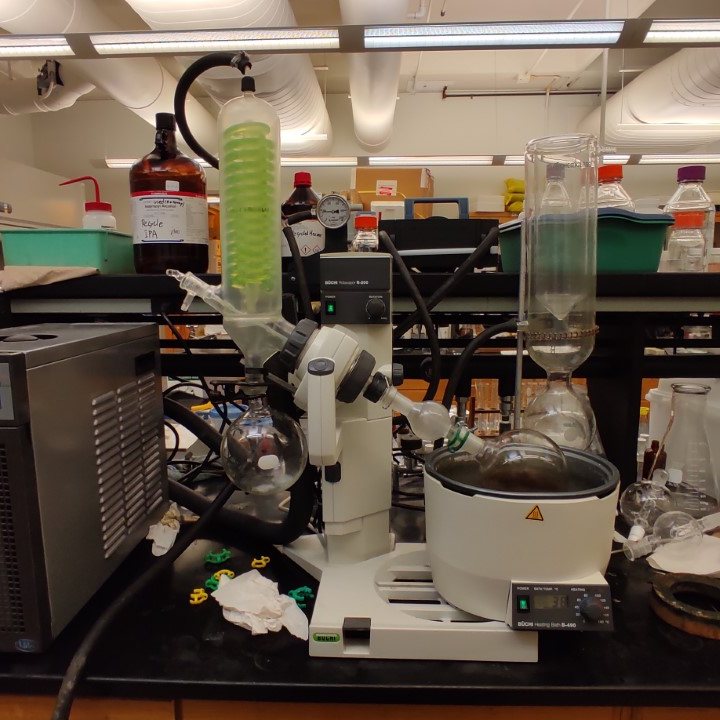
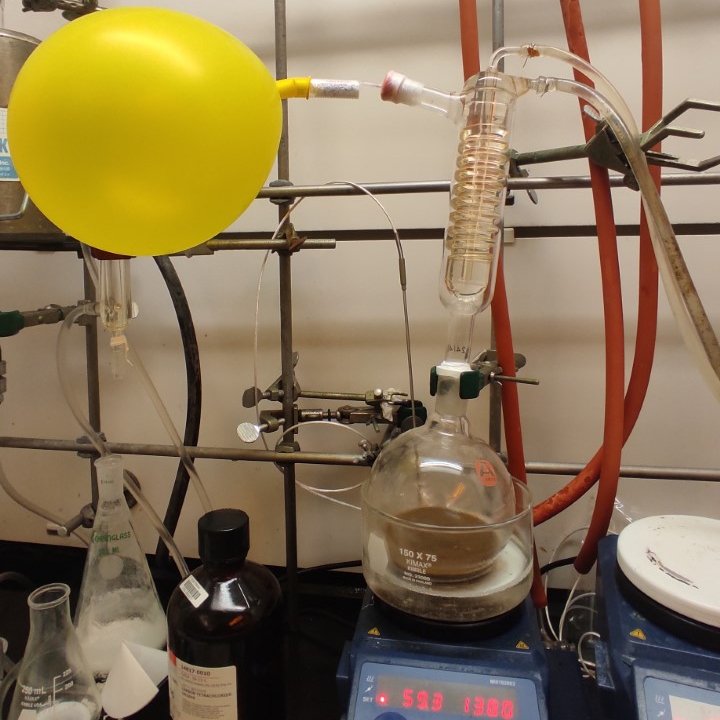
Soil organic matter (SOM) or humus comprises small-size heterogeneous organic molecules arranged in complex meta-stable suprastructures. SOM is viewed as a non-covalent supramolecular association of small heterogeneous molecules, that survive microbial degradation of plant and animal tissues, and are held together mainly by weak dispersive forces, hydrogen bonds, and metal-bridged intermolecular electrostatic bonds. This project employs Humeomics to characterize dredged material from the Western Lake Erie Basina and agricultural soils. Humeomics can be described as “a stepwise separation of molecules from humic suprastructures by progressively breaking intermolecular bonds and characterizing their structure by advanced analytical instrumentation. Collaborative research with Dr. Furgal from BGSU.
Strategic Positioning Plan for Lake Sediments as a Specialty Crop Amendment
This project will investigate the beneficial use of dredged sediments as soil amendment for specialty crops, including tomato, carrot, strawberry, and lettuce, by conducting both greenhouse and field experiments We will determine the potential bioaccumulation of inorganic and organic contaminants in the specialty crop fruit and edible tissue to ensure food safety. In addition, we will conduct an agronomic evaluation integrated with an economic analysis to estimate the effects of dredged sediment use on crop yield, quality of produce, and economic returns to specialty crop producers dedicated to different production systems. We will also investigate alternative value chain arrangements for moving, processing, selling, and using a commercial LS amendment. Collaborative research with Dr. Signorini from OSU.
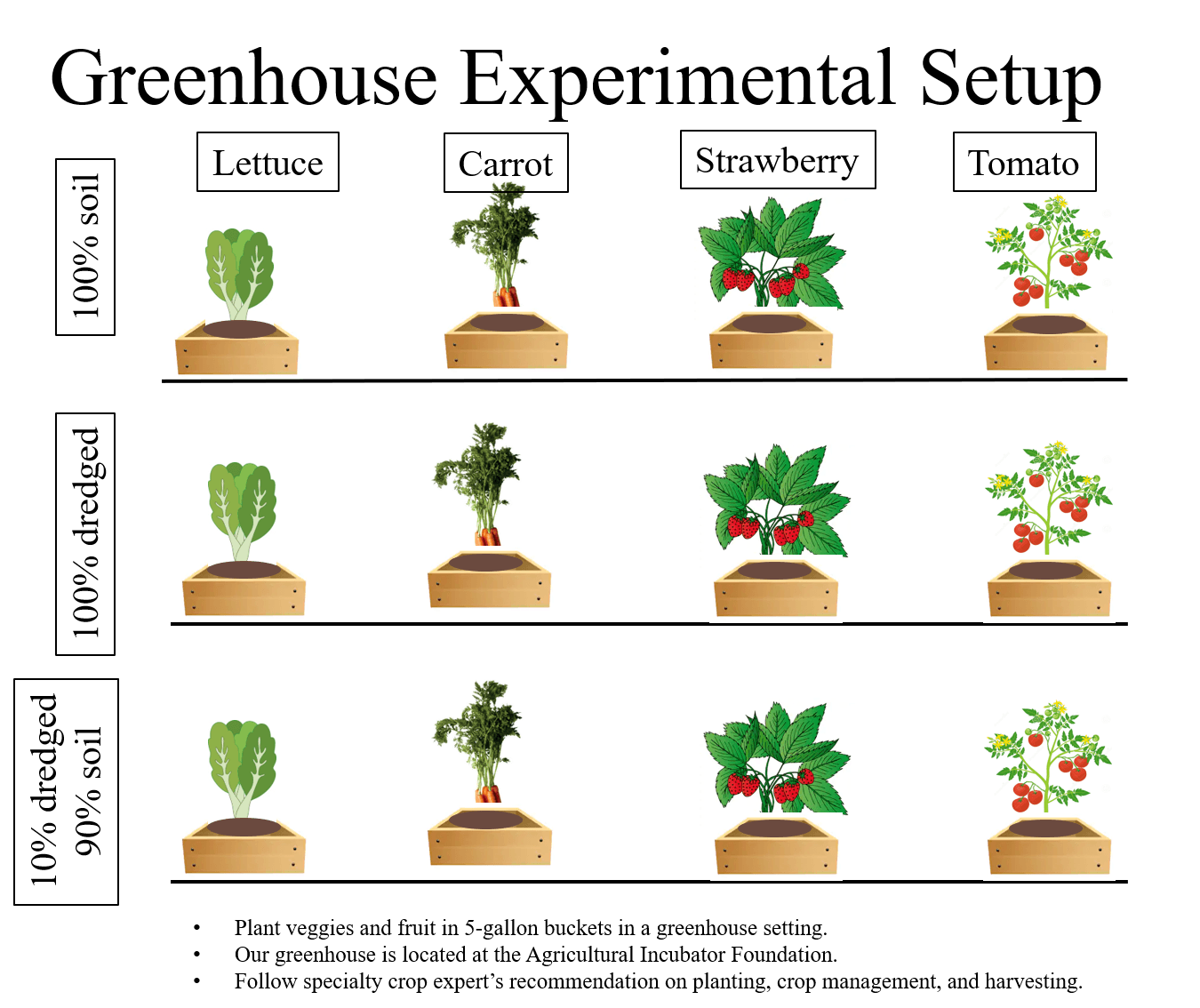
Beneficially using Dredged Material as Farm Amendments to improve Soil Health and Crop Yield: A Farm Demonstration Project
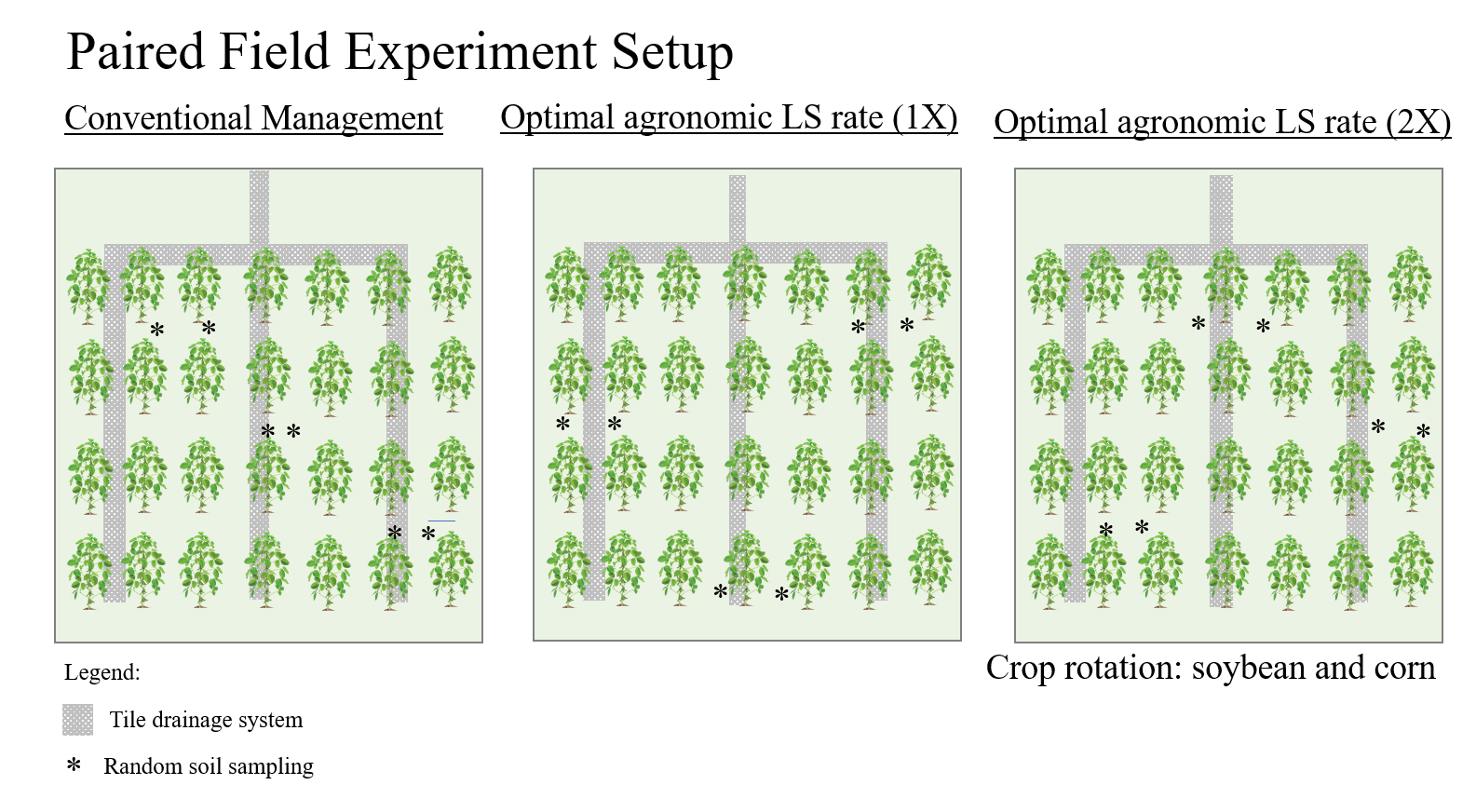
Our phased project approach embeds stakeholder engagement and collaborative decision points accounting for adapting to uncertainties that will be encountered rather than a prescriptive performed-in-isolation study. Incorporated within the phases below are our professional assumptions that as stakeholder input, analytical data, permit conditions, natural weather conditions, etc. are received may warrant adjustment yet will be adjusted in active coordination with Lucas SWCD. The phases are: Stakeholder Engagement, Application Rates, Permitting & Preparations, Loading, Hauling, & Stockpiling, Spreading, Tilling, Seeding & Harvesting, and Monitoring & Reporting. Collaborative research with Corry Plat from Coldwater Consulting.
Pilot Watershed Project

Despite conservation initiatives across the Western Lake Erie Basin (WLEB), the lake and its tributaries contend annually with water quality impairment, including harmful algal blooms. The problem is largely due to runoff from agriculture, which makes up more than 70% of the land in the basin. While conservation practices have reduced nutrient runoff at the field scale, there is still no evidence of water quality improvements at a watershed scale. This situation demonstrates a major knowledge gap for practitioners and legislators: to date there has been no definitive demonstration that large-scale, continuous implementation of conservation practices will lead to attainment of water quality goals and diminish algal blooms. Accordingly, our goals are 1) to establish Shallow Run (Hardin County, Ohio) as the first sub-watershed in the Western Lake Erie Basin to achieve target Dissolved Reactive Phosphorus and Total Phosphorus concentration reductions, and 2) to describe a pathway to achieve these targets in other watersheds. To achieve this reduction, the best models say that we need at least 70% of acres in the watershed with effective conservation practices. We will achieve this adoption rate through innovative tactics, including an “agglomeration bonus” that increases payments as more producers implement practices, and through farmer engagement and toolbar sharing led by trusted agricultural retailers. This “Pilot Watershed” will leverage existing and add new water quality monitoring infrastructure in both the 6800-acre Shallow Run treatment watershed as well as a neighboring control watershed in Hardin County, OH. This public-private partnership includes universities, agricultural organizations, NGOs, state agencies, three agricultural retailers, and $6M in cash from the state of Ohio to support practices, holistic monitoring, and outreach.
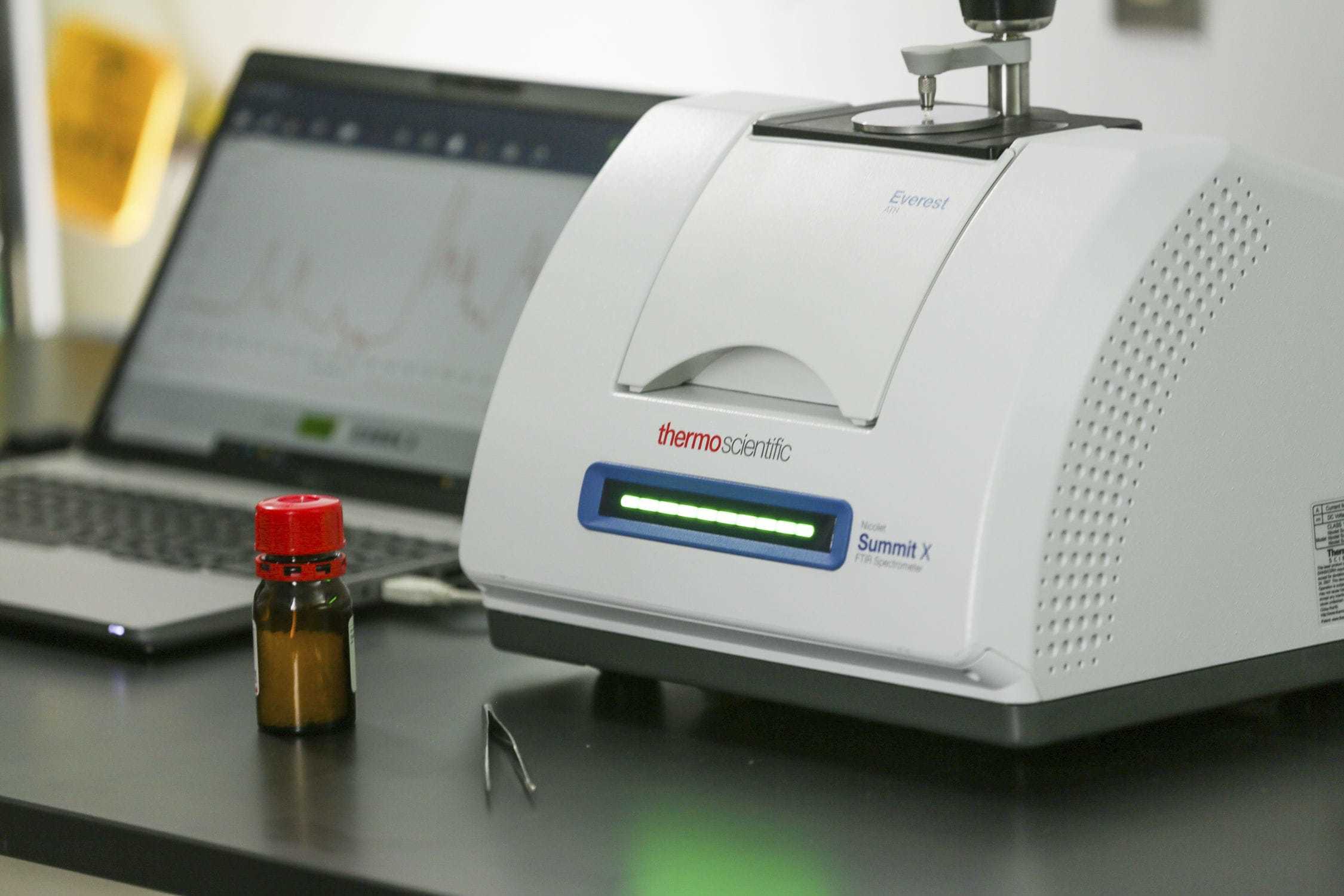
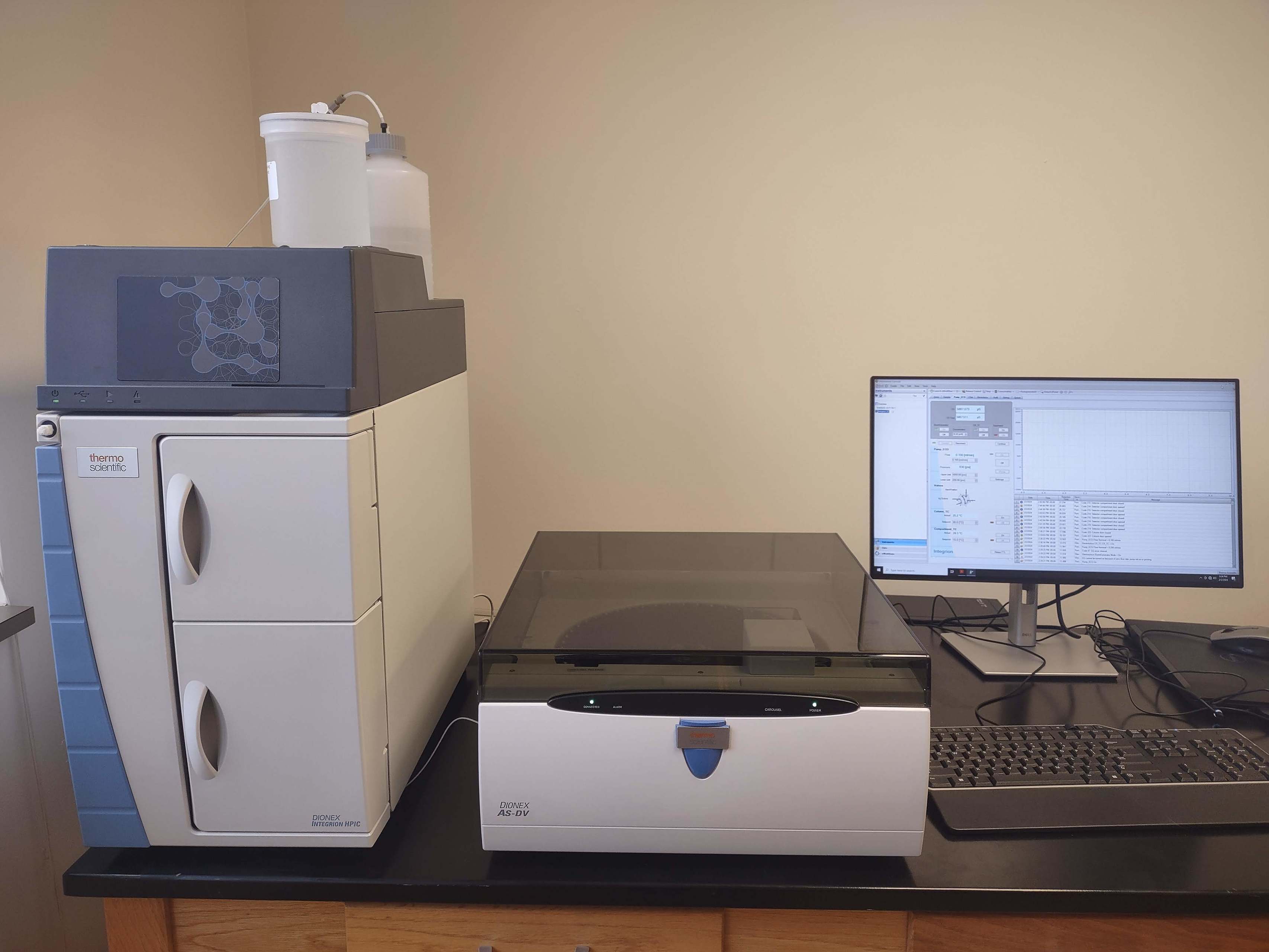
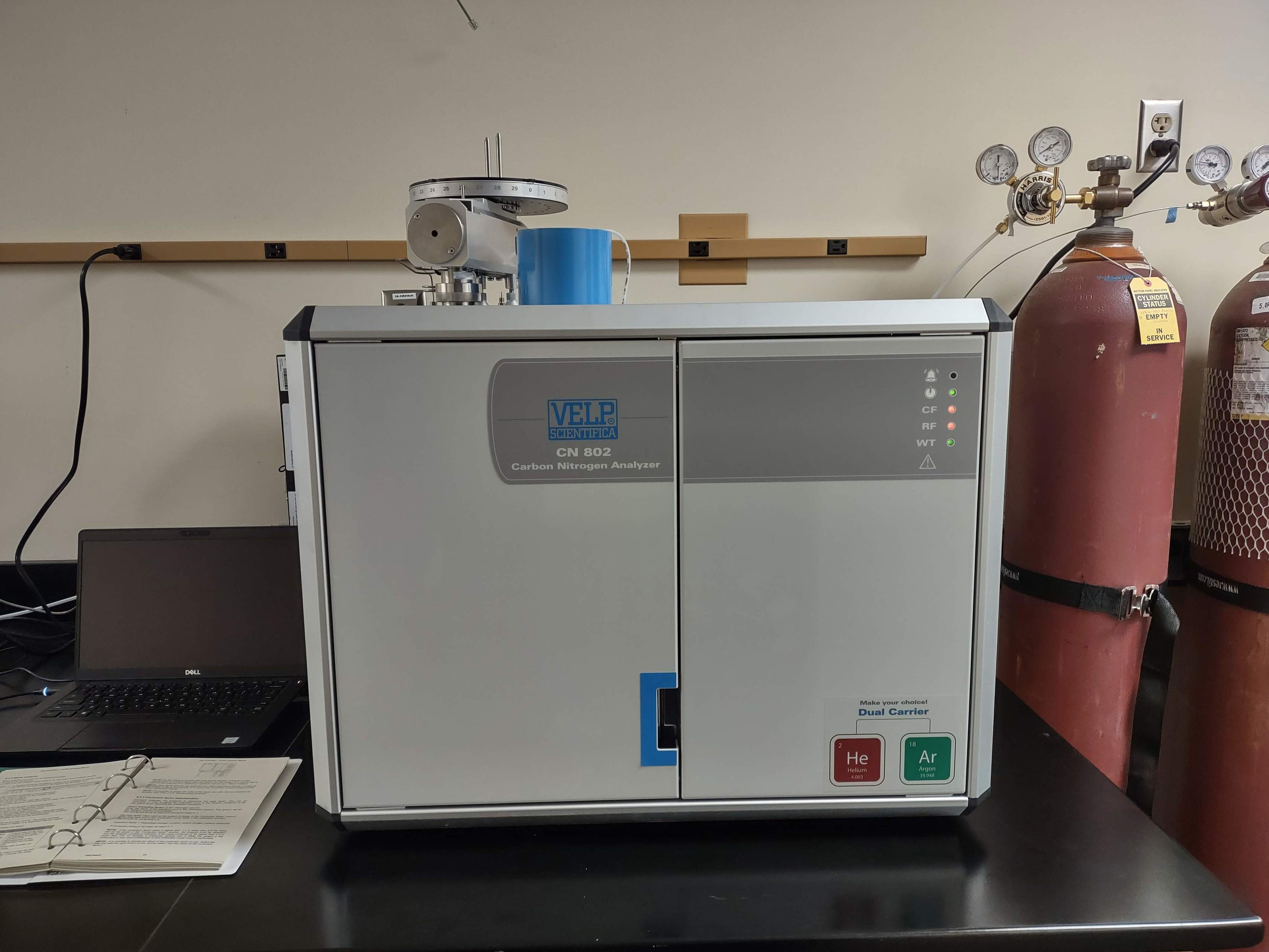
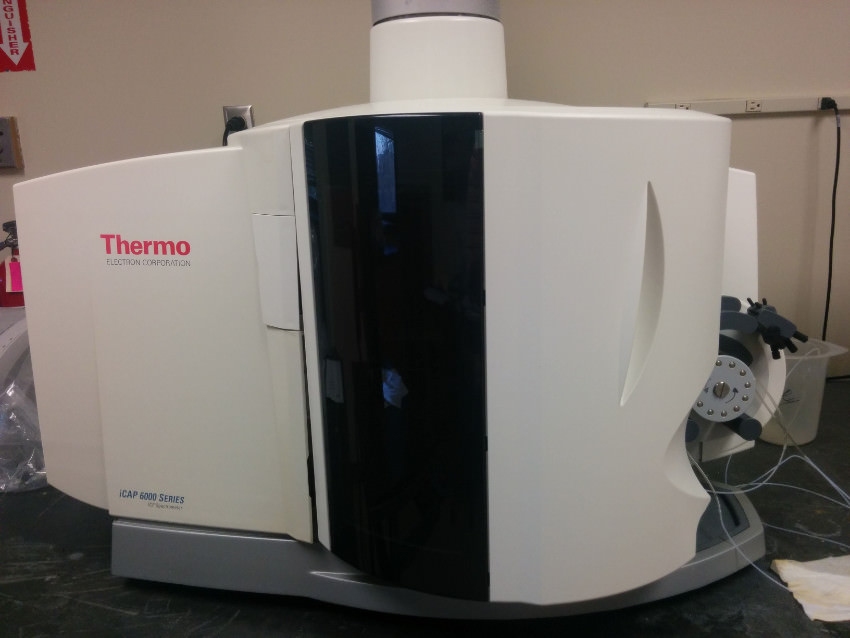
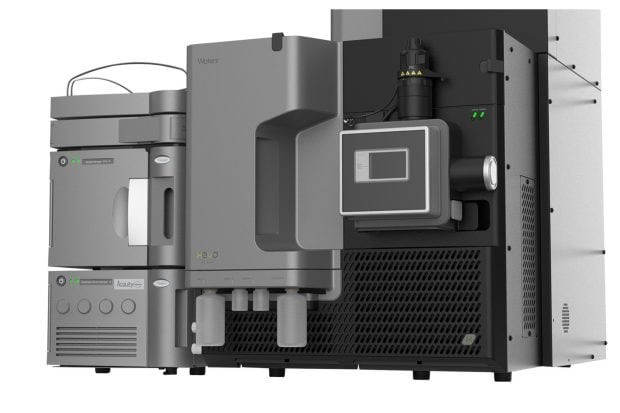
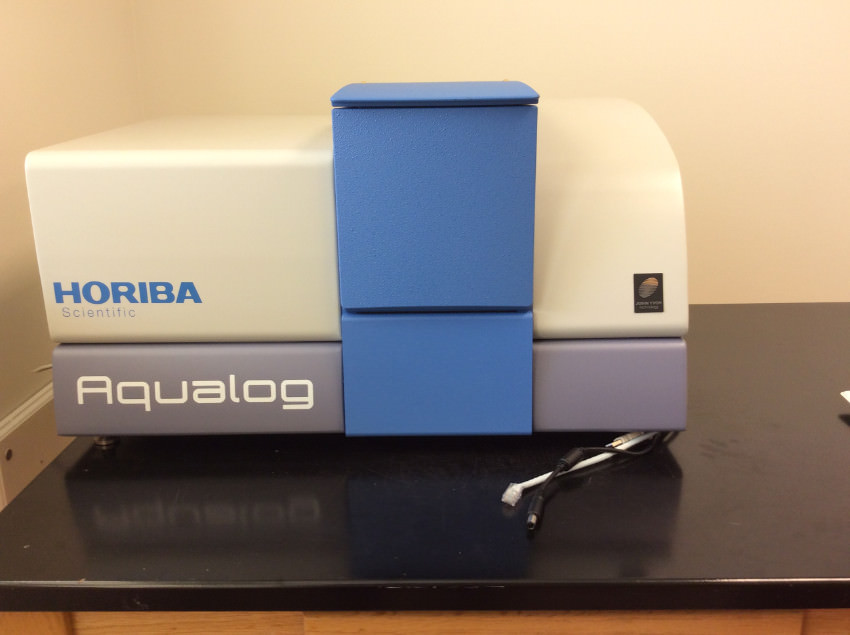
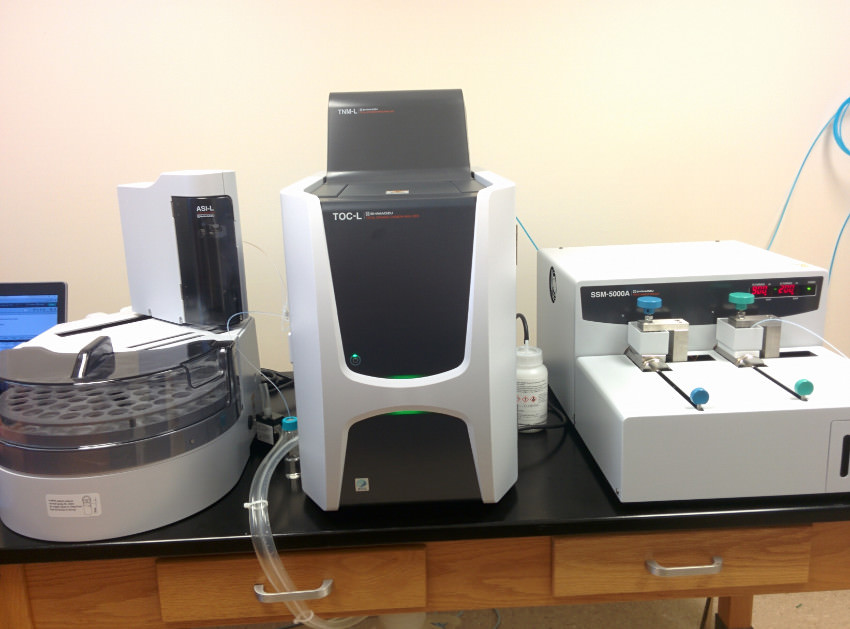
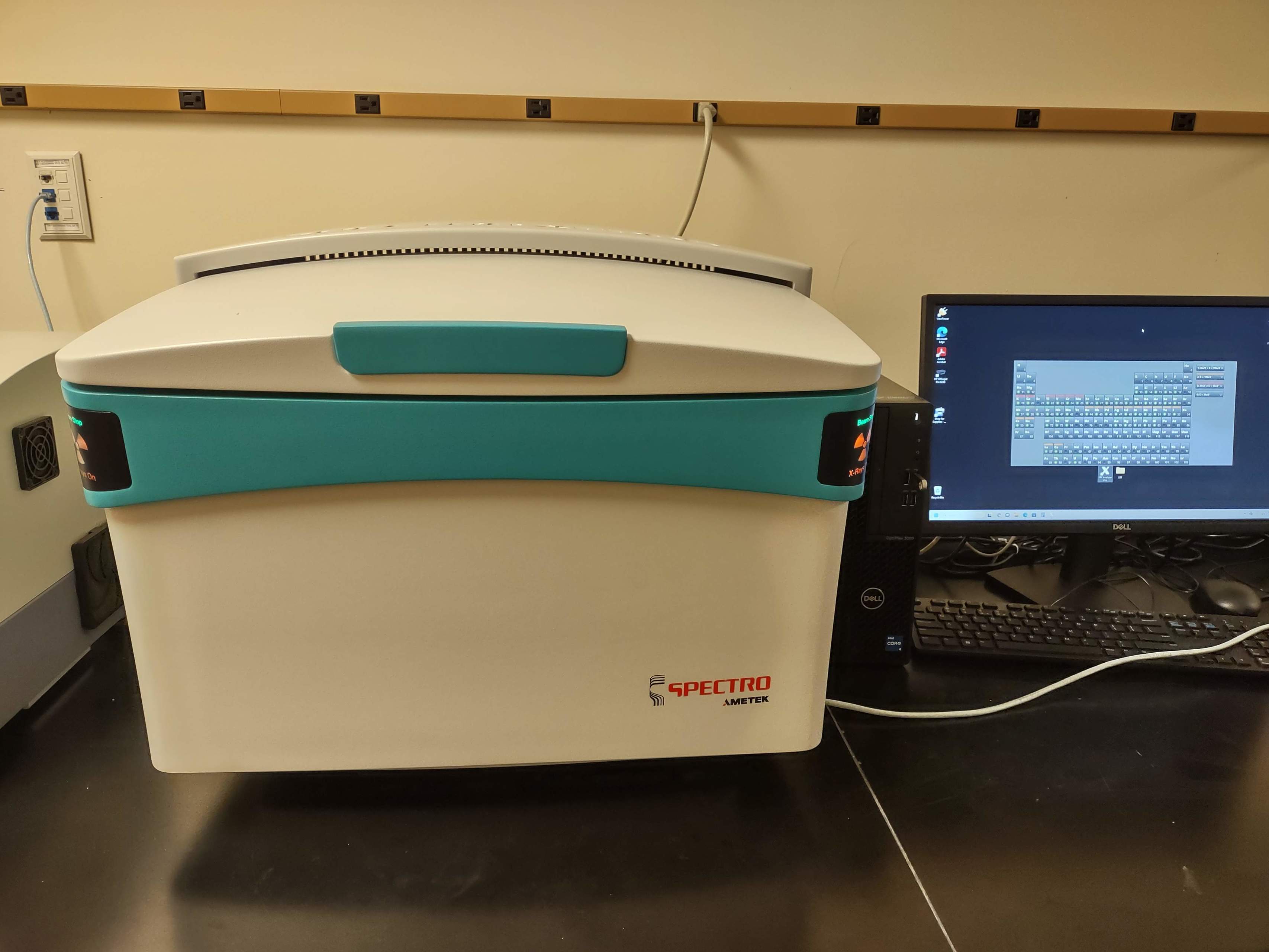
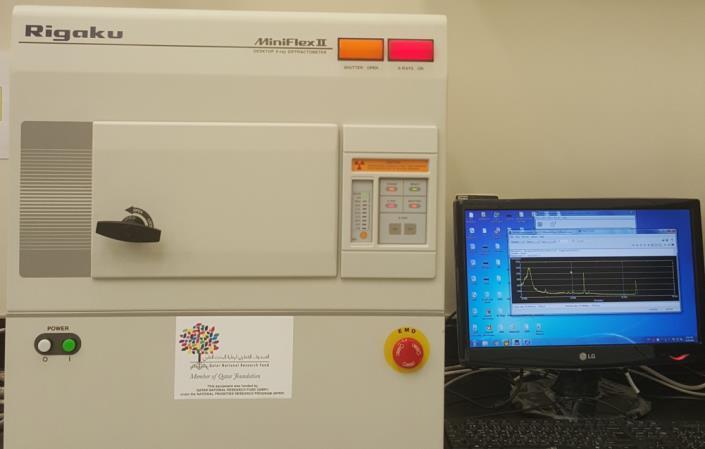
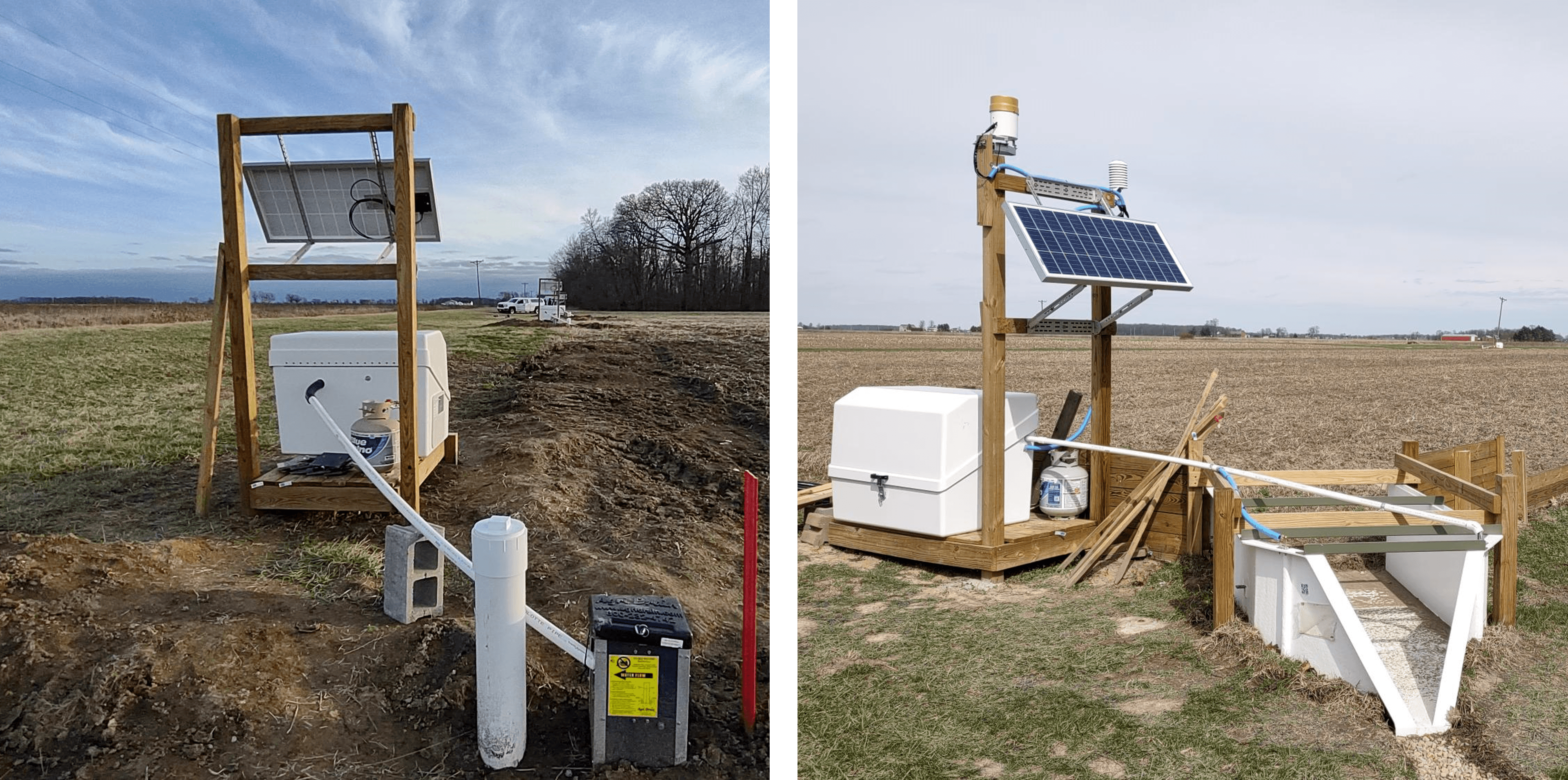
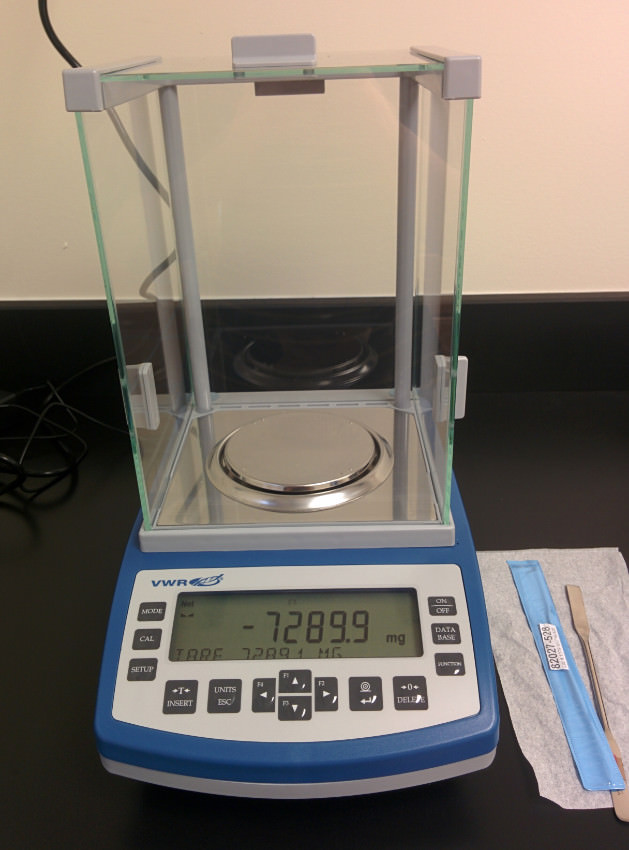
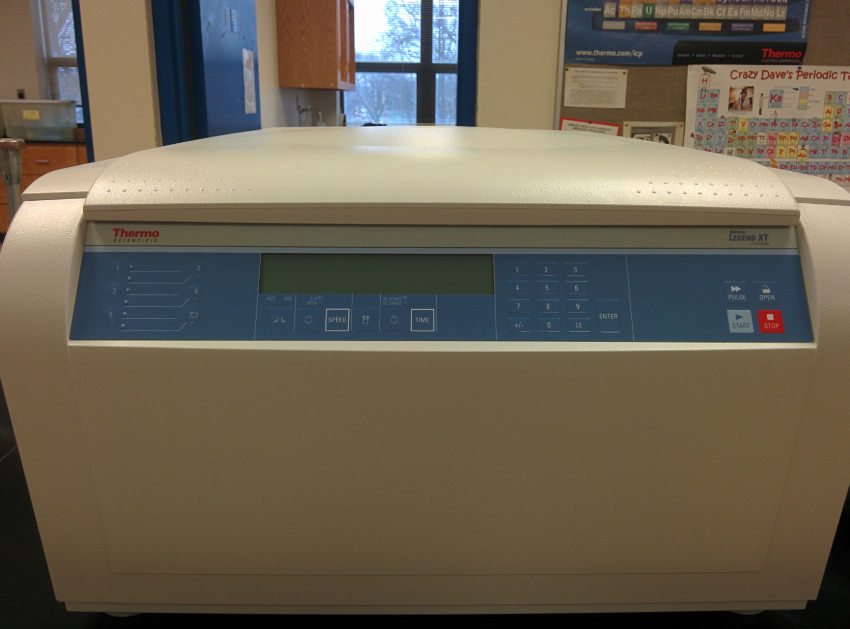
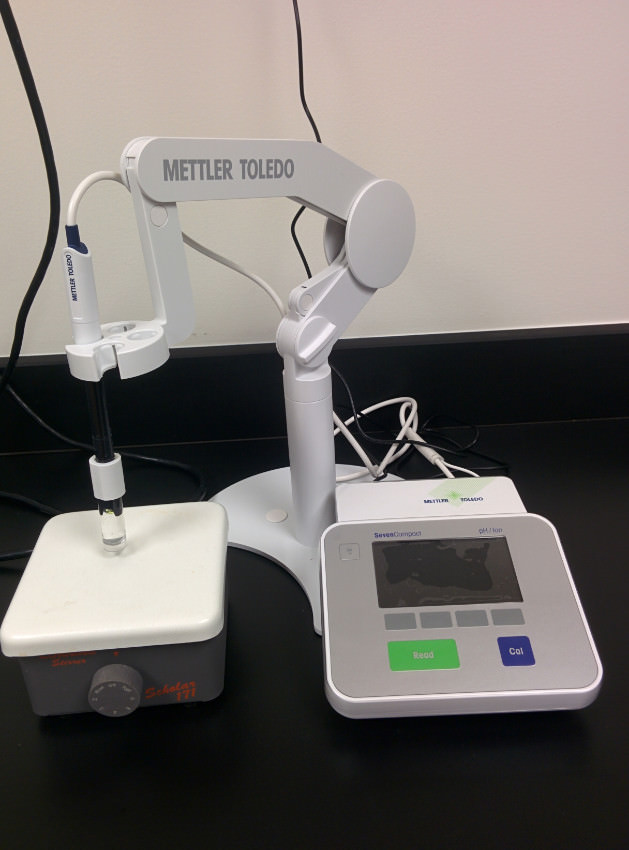
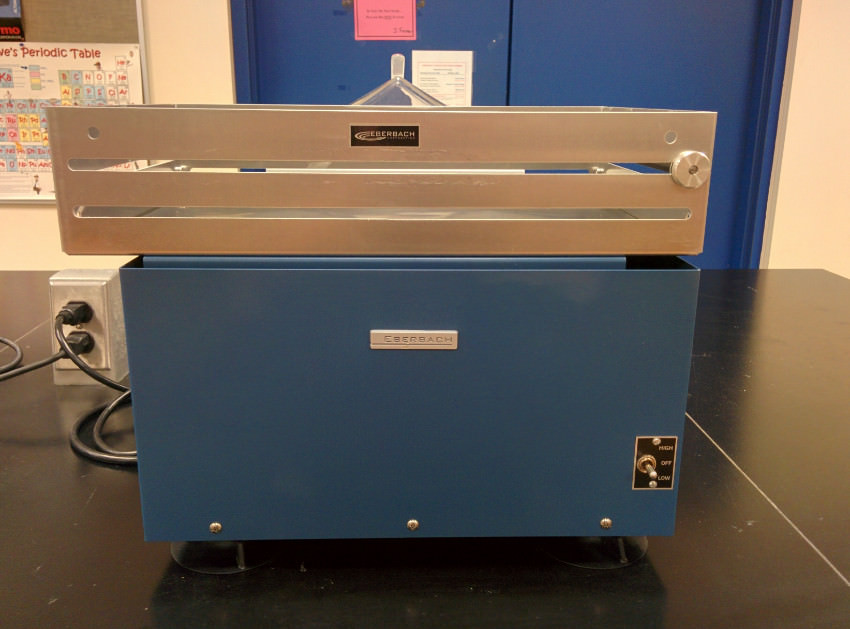
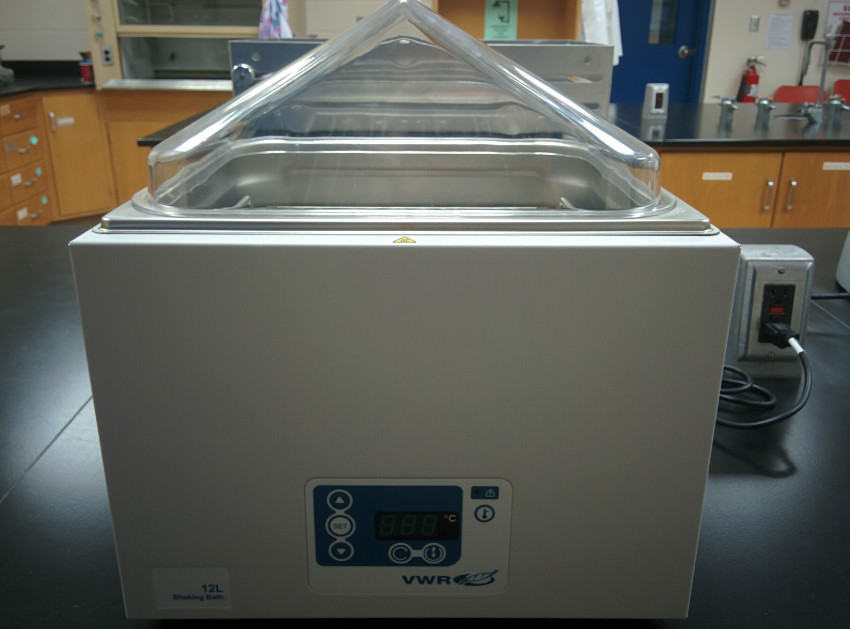
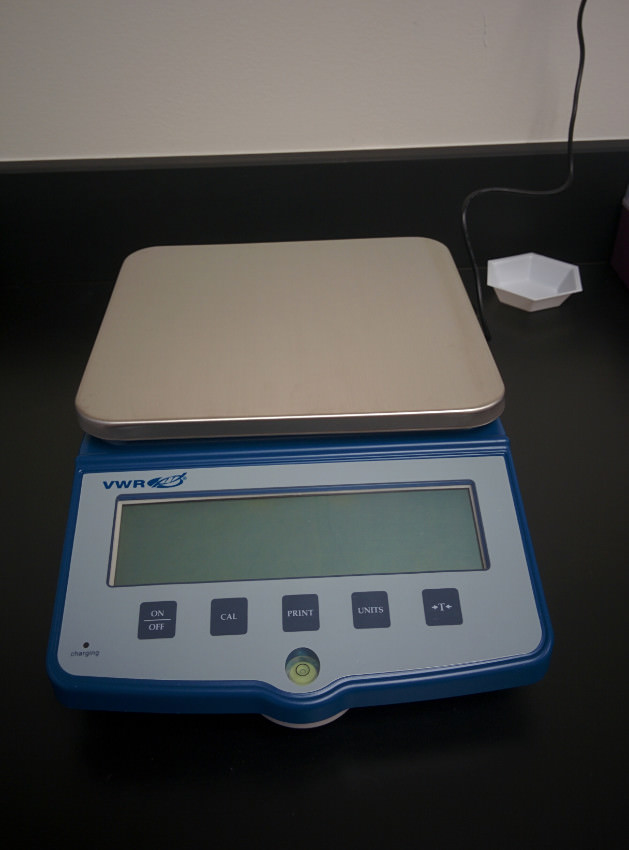
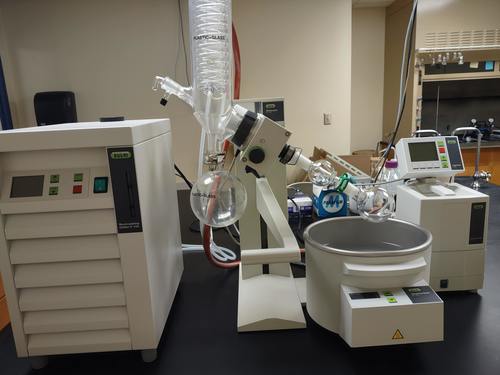
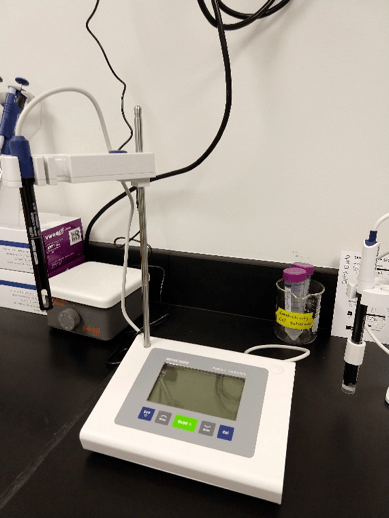
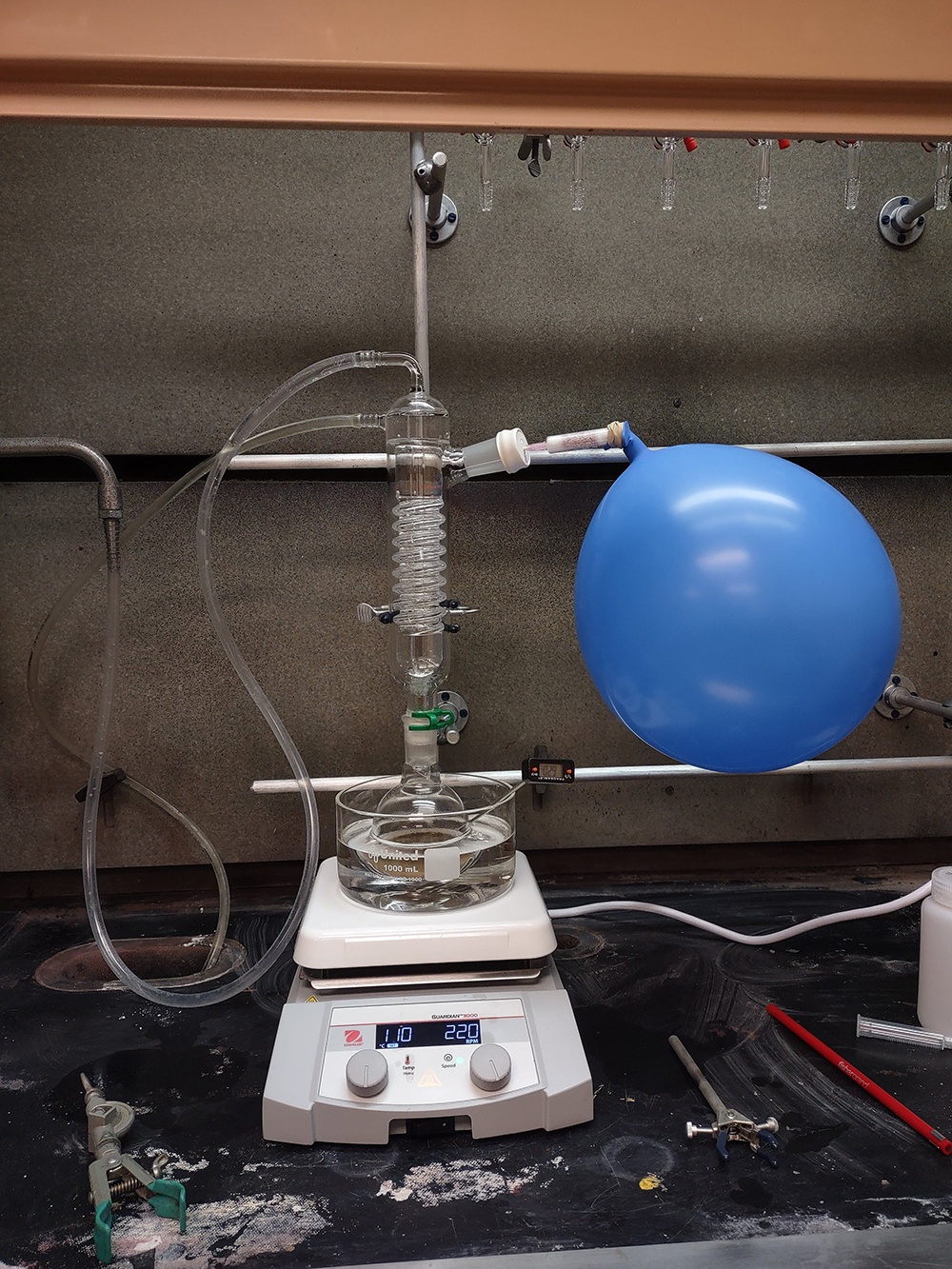
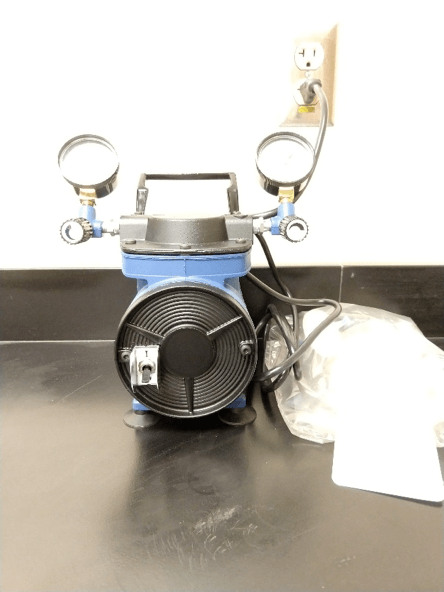
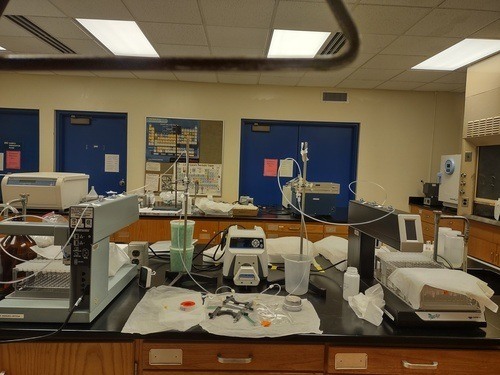
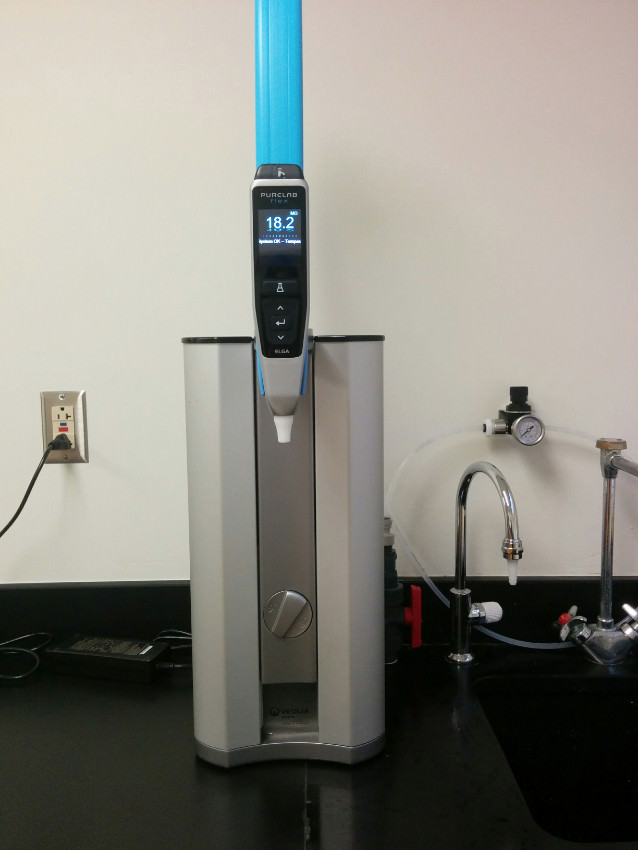
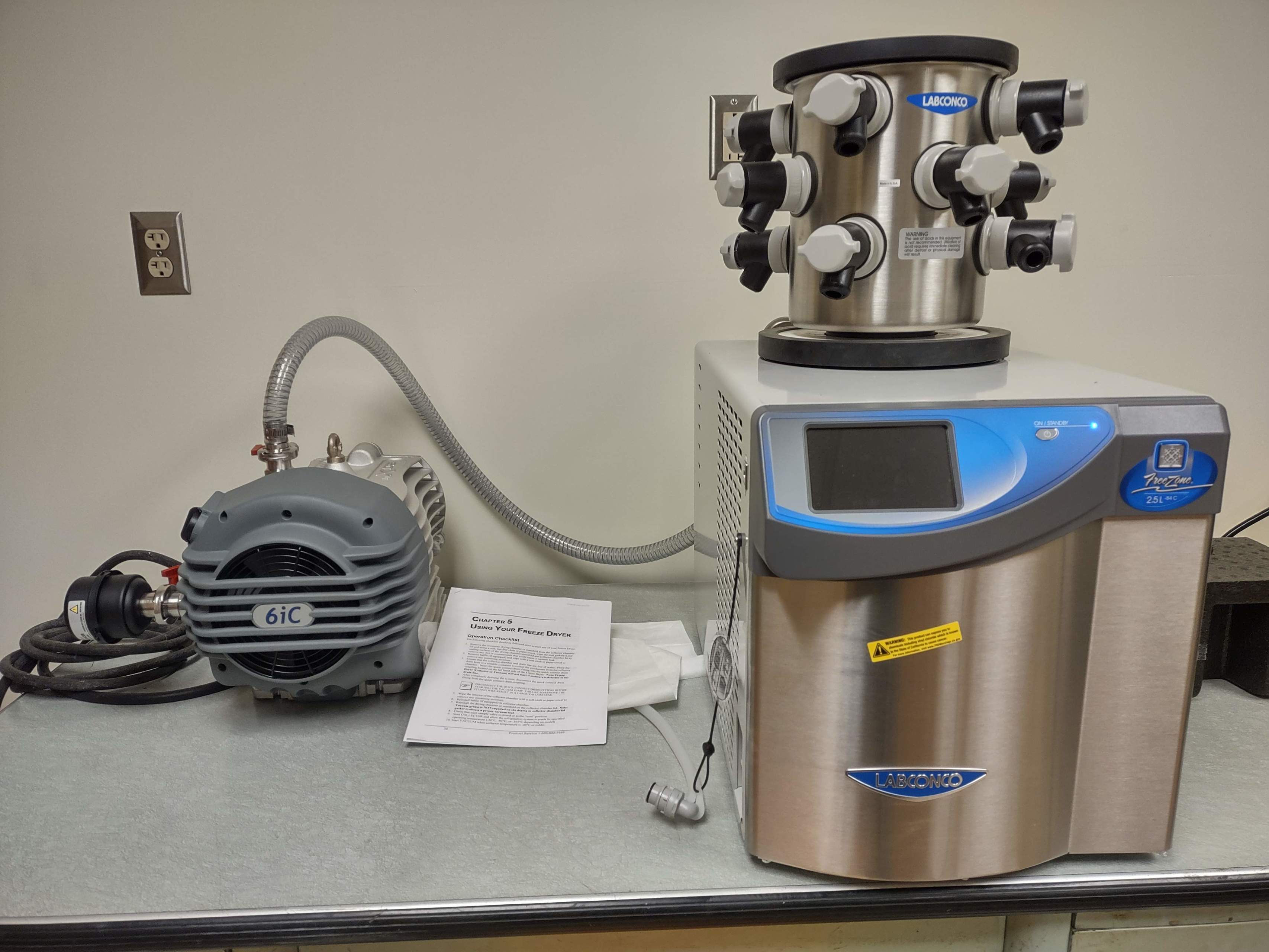
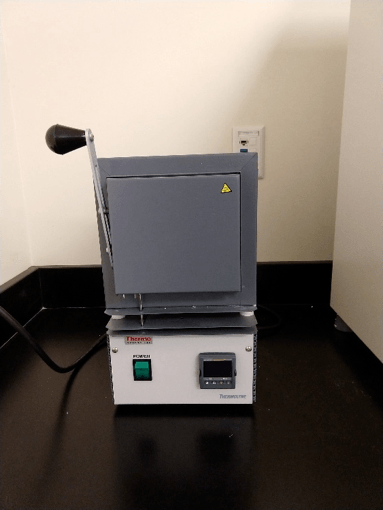
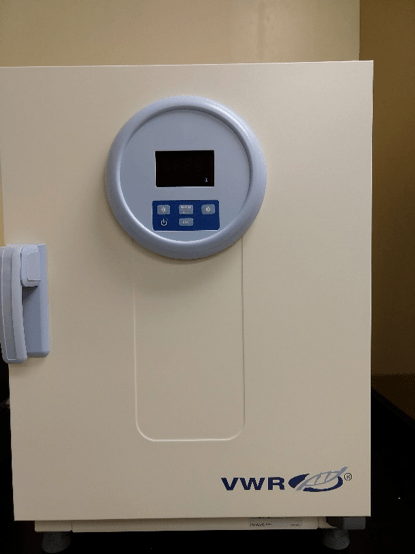
Dredged Material promotes Microbial Diversity in Farm Soils without altering the Overall Microbiome Structures. Gautam, J., Ebersole, W., Brigham, R., Shang, J., Vázquez-Ortega A., and Xu, Z. (2024). Journal of Environmental Quality, 1–11.
Assessing the effect of Lake Erie dredged sediment on soil properties and specialty crops development. Sequeira, J.P., Vázquez-Ortega, A., Oyewumi, O., Signorini, G. (2024). Soil Use Management, 40, e13102.
Field Evaluation of Lake Erie Dredged Sediment in the Development of Lettuce Cv. Romaine, Rasdish Cv. Shunkyo, and Tomato Cv. Marglobe. Sequeira, J.P., Oyewumi, O., Vázquez-Ortega, A., Signorini, G. (2024). Journal of Agrosystems, Geosciences & Environment, 7, e20566.
Cyanotoxin transport from surface water to groundwater: Simulation scenarios for Lake Erie
Abesh, B., Liu, G., Vázquez-Ortega, A., Gomezdelcampo, E., and Bullerjahn, G., 2022. Journal of Great Lakes Research. 48(3), 695-706.
Black shale-gray shale transitions in a Late Devonian shale succession, Central Appalachian Basin (Northern Ohio): Sedimentary and geochemical evidence for terrestrial organic matter driving anoxia events
Dunkel, C., Vázquez-Ortega, A.and Evans, J., 2022. Palaeogeography, Palaeoclimatology, Palaeoecology. 608(15) 111271.
Effects of flow on uranium speciation in soils impacted by acidic waste fluids
Perdrial, N., Vázquez-Ortega, A.Reinoso-Maset, E., O'Day, P., and Chorover, J., 2022. Journal of Environmental Radioactivity. 251-252, 106955.
Desorption of uranium from acid-waste weathered Hanford sediments.
Vázquez-Ortega, A., Perdrial, N., Reinoso-Maset, E., O'Day, P.A., Root, R., and Chorover, J., 2021. Journal of hazardous materials. 416, 126240.
Assessing the Effects of Lake-Dredged Sediments on Soil Health: Agricultural and Environmental Implications on Northwestern Ohio.
Brigham, R., Pelini, S., Xu, Z., and Vázquez-Ortega A., 2021. Journal of Environmental Quality. 50(2), 494-503
Role of Fe- and Mn-(oxy)hydroxides on carbon and nutrient dynamics in agricultural soils: A chemical sequential extraction approach.
Franks, M., Duncan, E., King, K., Vázquez-Ortega, A., 2021. Chemical Geology 561, 120035.
Effects of Detritivores on Nutrient Dynamics and Corn Biomass in Mesocosms.
Lindsey-Robbins, J., Vázquez-Ortega, A., McCluney, K., Pelini, S., 2019. Insects, 10, 453.
Mapping Invasive Phragmites australis in the Old Woman Creek Estuary Using UAV Remote Sensing and Machine Learning Classifiers.
Abeysinghe, T., Simic Milas, A., Arend, K., Hohman, B., Reil, P., Gregory, A., and Vázquez-Ortega, A., 2019. Remote Sens., 11, 1380.
Perdrial, N., Vazquez-Ortega, A., Wang, G., Kanematsu, M., Mueller, K.T., Um, W., Steefel, C.I., O'Day, P.A., Chorover, J., 2018. Applied Geochemistry 89, 109-120.
Geochemical evolution of the Critical Zone across variable time scales informs concentration-discharge relationships: Jemez River Basin Critical Zone Observatory.
McIntosh, J.C., Schaumberg, C., Perdrial, J., Harpold, A., Vazquez-Ortega, A., Rasmussen, C., Vinson, D., Zapata-Rios, X., Brooks, P.D., Meixner, T., Pelletier, J., Derry, L., Chorover, J., 2017. Water Resources Research 53 (5), 4169-4196.
U-series isotopic signatures of soils and headwater streams in a semi-arid complex volcanic terrain.
Huckle, D., Ma, L., McIntosh, J., Vazquez-Ortega, A., Rasmussen, C., Chorover, J., 2016. Chemical Geology 445, 68-83.
Vazquez-Ortega, A., Perdrial, J., Harpold, A., Zapata-Rios, X., Rasmussen, C., McIntosh, J., Schaap, M., Pelletier, J.D., Brooks, P.D., Amistadi, M.K., Chorover, J., 2015. Chemical Geology 391, 19-32.
Vazquez-Ortega, A., Hernandez-Ruiz, S., Amistadi, M.K., Rasmussen, C., Chorover, J., 2014. Vadose Zone Journal 13 (7).
Perdrial, J.N., Perdrial, N., Vazquez-Ortega, A., Porter, C., Leedy, J., Chorover, J., 2014. Soil Science Society of America Journal 78 (2), 486-495.
The influence of goethite and gibbsite on soluble nutrient dynamics and microbial community composition.
Heckman, K., Welty-Bernard, A., Vazquez-Ortega, A., Schwartz, E., Chorover, J., Rasmussen, C., 2013. Biogeochemistry 112 (1-3), 179-195.
Courses:
Teaching:
| ENVS 1010 | Introduction to Environmental Studies |
| ENVS 3040 | Water Quality in the Environment |
| GEOL 4310/5310 | Aqueous Geochemistry |
| SEES 4600/5600 | Soil Science |
| GEOL 6810 | Geochemistry Seminar |
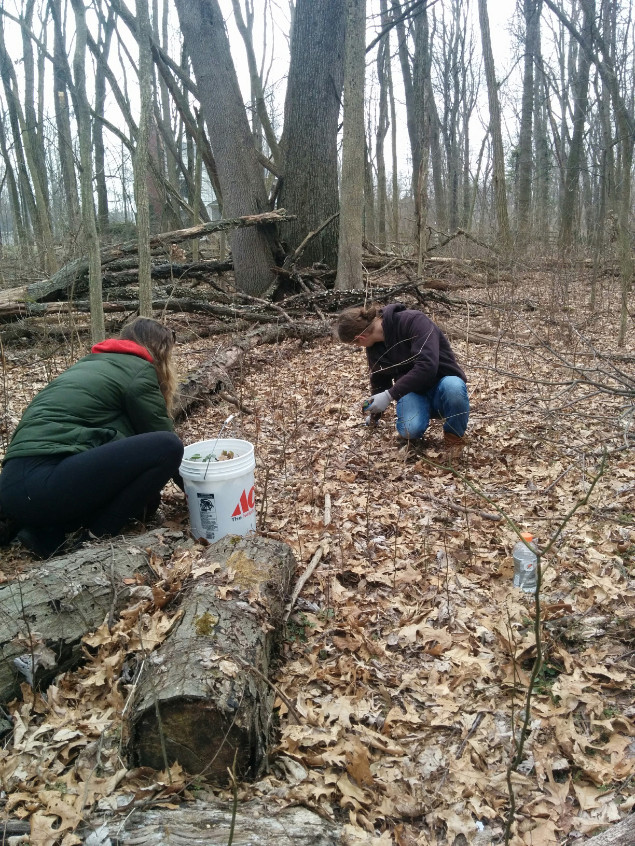
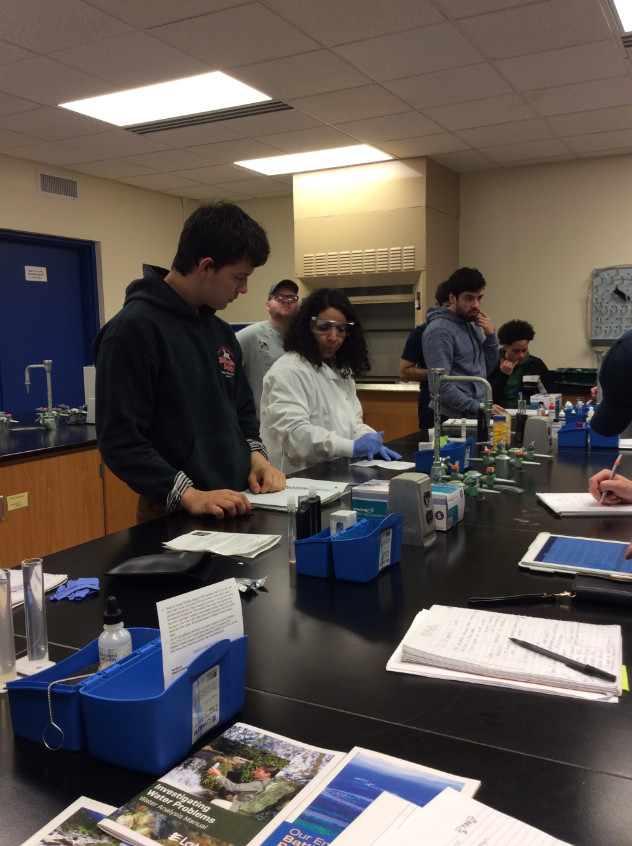
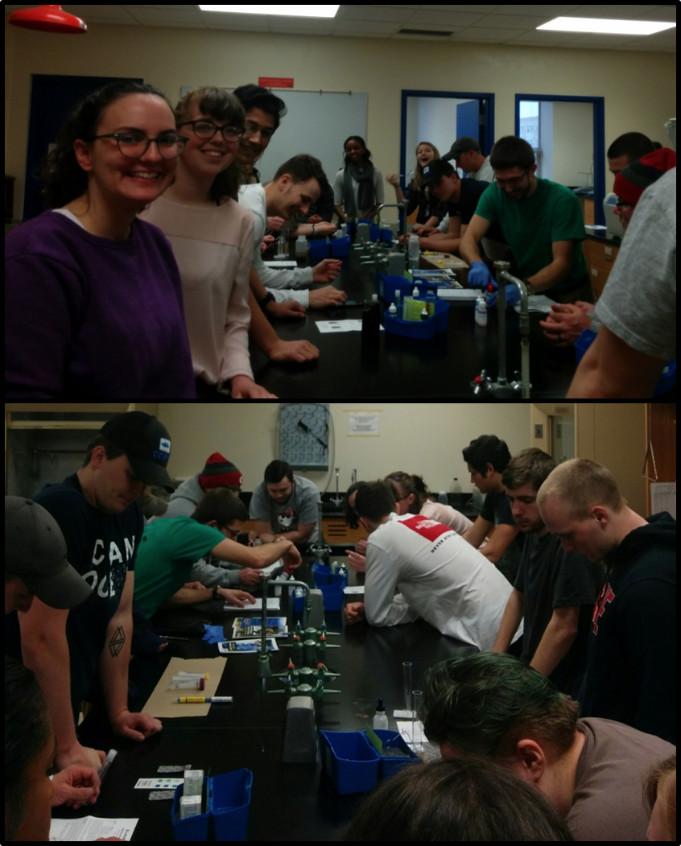
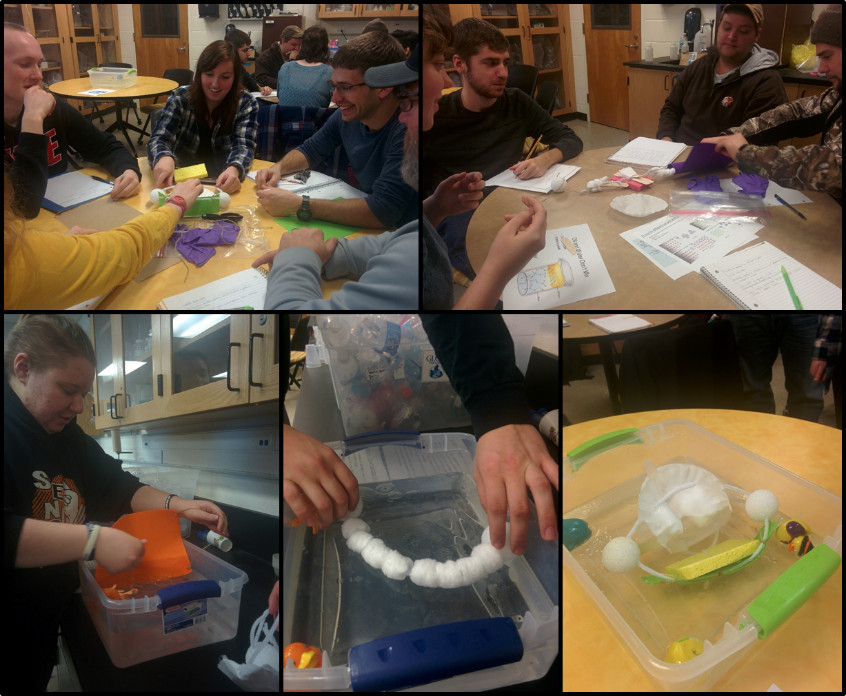
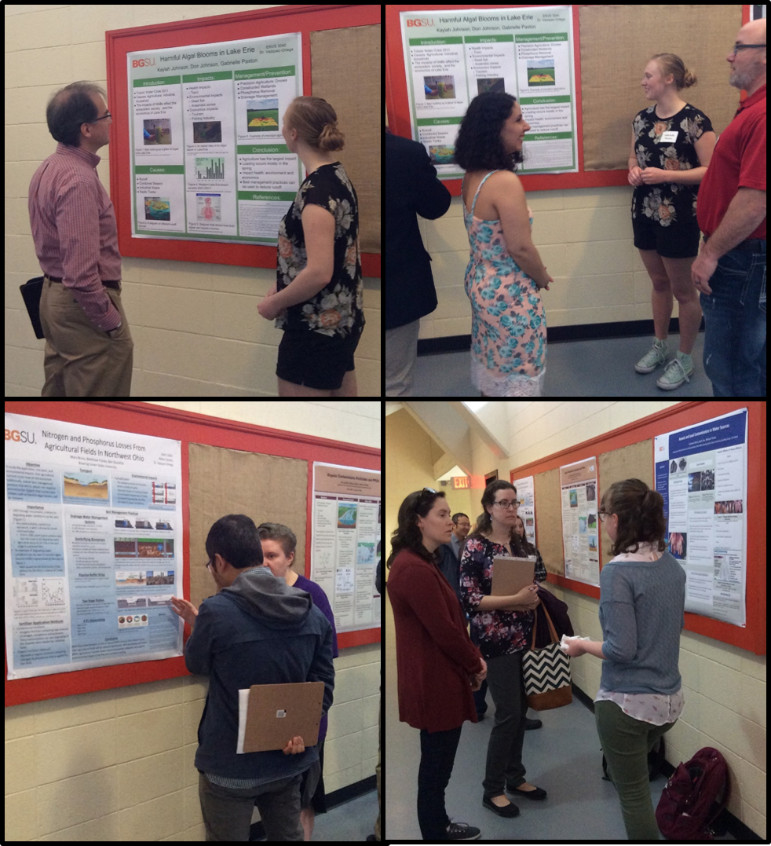
IN THE MEDIA
Girl Power at Imagination Station Toledo
https://www.youtube.com/watch?v=KwIar7IF7FQ
https://www.youtube.com/watch?v=4mfO9OHl9CI
BGSU Science Cafe - February 25, 2021
https://www.youtube.com/watch?v=BlR6BubZpVY&t=35s
https://bgindependentmedia.org/bgsu-science-cafe-to-focus-on-cleaning-up-regional-waterways/
CIFT Agribusiness Forum on Dredged Sediment Benefits
https://www.bgsu.edu/news/2021/06/bgsu-researcher-asks-is-dredge-material-good-for-soil.html
https://www.sent-trib.com/community/don-t-dread-dredge-sediment-it-has-value-on-farms/article_3038a09e-960c-11eb-b37c-d7f3324ceb1c.html
https://www.newswise.com/articles/bgsu-researcher-asks-is-dredge-material-good-for-soil
Field, Lab, Earth podcast
Eos, the magazine of the American Geological Union
https://eos.org/articles/lake-erie-sediments-all-dredged-up-with-nowhere-to-grow
Updated: 09/26/2025 05:50PM

